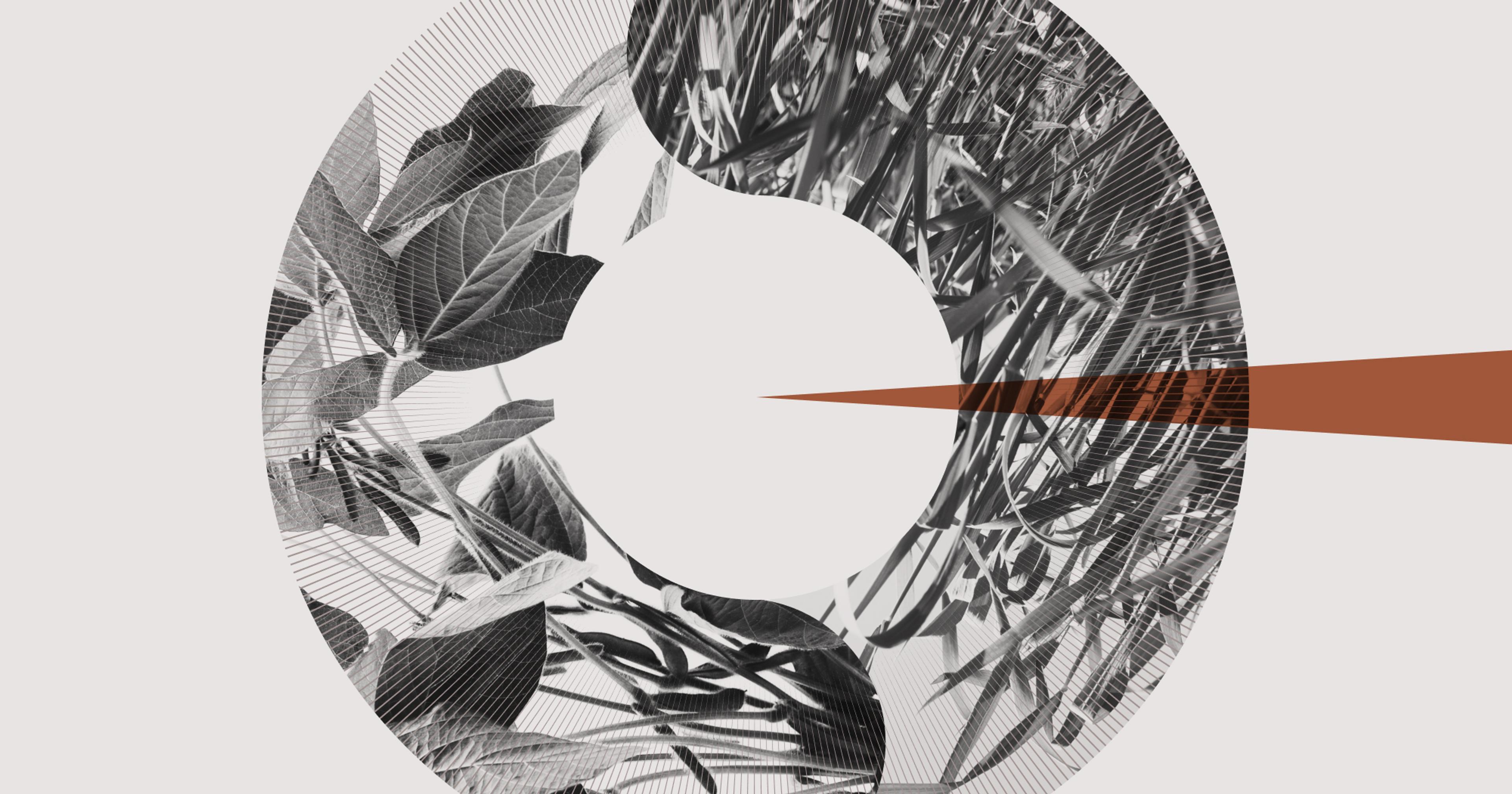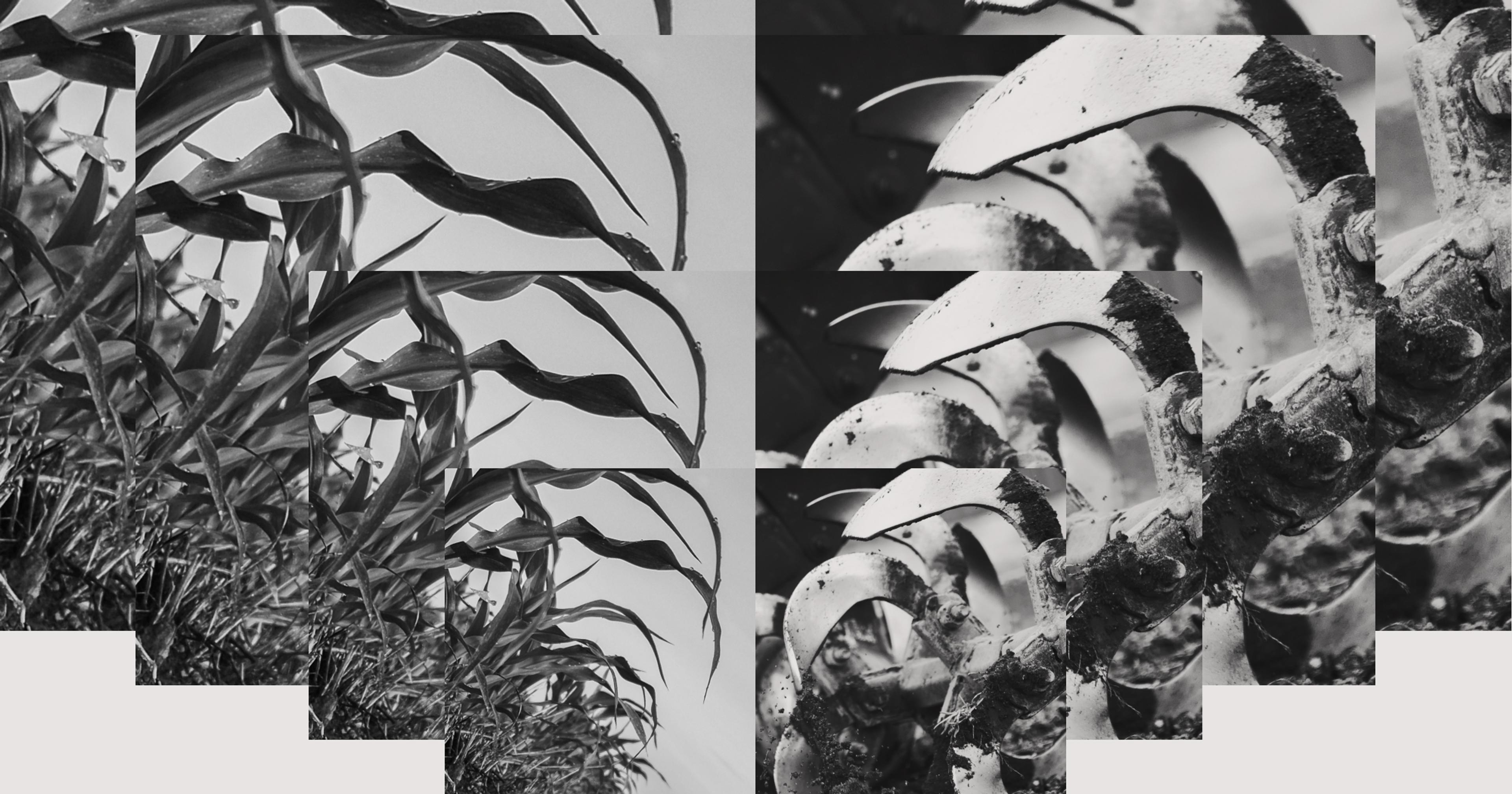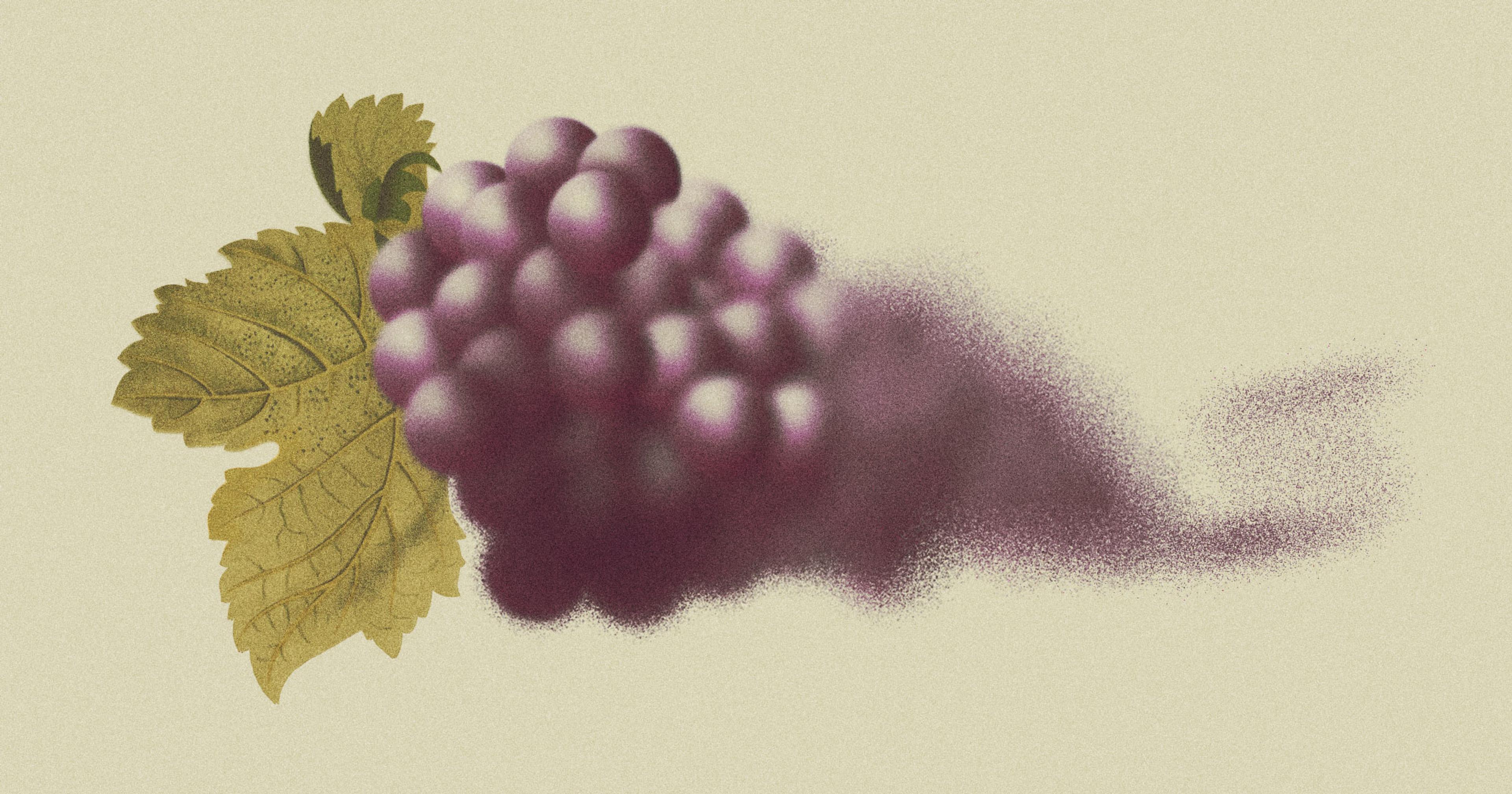Raising two crops on one field in one year can have ecological benefits — if you’re doing it right.
This past July, with the war in Ukraine hampering U.S.-bound shipments of wheat and other grains, the U.S. Department of Agriculture (USDA) announced what it hoped would be a workaround. For farmers willing to raise two crops, one on the heels of the other, on the same land in the same year — a practice known as “double cropping” — it would expand the availability of crop insurance into new parts of the country, to cover some potential losses. In all, 1,500 counties where corn and sorghum can be grown after winter wheat is harvested are now eligible for insurance; these are prevalent in central regions on eastward. The aim of the expanded coverage: to “ease [financial] burdens on American farmers and lower [food] costs for American families,” in the words of USDA Secretary Tom Vilsack.
While this sounds like a win-win for farmers and consumers, double cropping can be a lose-lose for sustainability and the environment. Fields on which two crops are grown in succession can become depleted of nutrients and more susceptible to insect pests, diseases, and weeds, requiring the use of more chemical inputs, as demonstrated in a 2014 report from USDA’s Economic Research Service (ERS). In dry regions, double cropping can also put a strain on irrigation water. Still, some experts believe that beyond alleviating current grain import snafus, well-managed double cropping might help diversify farms and increase soil health.
“The additional wheat production is obviously a short-term goal [of the USDA], but it can contribute to soil health rather than detract from it,” said David Lobell, an agricultural ecologist in the department of earth system science at Stanford University. Despite the USDA putting their support behind it for years, the practice has been stubbornly unpopular in the U.S., used on only about 2 percent of American farmland acres from 1999 to 2012. “A big part of the reason was the difficulty of insuring, which the new USDA rule changes, so this will be an interesting area to watch as I … think it holds significant adoption potential for U.S. agriculture,” Lobell said.
Types of Multi-Crop Systems
One of double cropping’s main selling points has been its potential to increase farmer profits without expanding farm acreage. It’s also one of four kinds of multi-crop systems that keep living roots in the soil in addition to keeping the surface covered — potential boons for erosion prevention and carbon storage, among other plusses. The current darling of regenerative agriculture, cover cropping, is a multi-crop system in which crops are grown — but typically not harvested — in order to improve soil health. There’s acreage that’s grazed by livestock before or after harvest, in integrated crop-livestock systems. Then there are systems that incorporate trees, such as those in which livestock graze through timberlands (silvopasture), or fruit- and nut-bearing trees are added to croplands (agroforestry).
On most double-cropped acreage, soybeans are planted on the heels of winter wheat, or to a lesser extent, rye. There are also systems where corn follows winter wheat or rye, alfalfa for hay, oats, or grasses such as clover; crop insurance will now also cover wheat and sorghum rotations. Some double-cropped acreage grows corn after corn, or soy after soy; these can be particularly destructive for soil health, a continuation of large-scale monoculture practices that are low on diversity and require chemicals to manage pests and disease. The American Southeast, with its long growing season, is the region with the most double-cropped acres; the cooler Northeast, where the ERS finds that “growing season constraints can be overcome with alternative combinations or growing practices,” is the region with the highest proportion of farmland that’s double-cropped.
Conducted thoughtfully, however, double cropping can check a number of soil health boxes, according to Kristopher Reynolds, Midwest regional director of American Farmland Trust. Reynolds said that in his area of Central Illinois it’s common to have a soy-wheat-soy rotation all in one year, which keeps living plants and roots in the ground for longer than traditional corn/soy rotations. Farmers no-till their wheat after the first soybean harvest in October, then “want to get the next round of soybeans planted into wheat stubble” in late June or early July, Reynolds said. “We are reducing the amount of [herbicides] that are being used because it’s a winter annual so it’s naturally suppressing weeds. We’re also maximizing cover, and we’re no-tilling into that system so we’re leaving the residue on the surface. We’re also reducing soil erosion, especially where we have marginal rolling farmland.” To top it all off, “Farmers that can produce 90 to 100 bushel wheat and follow that with 40 to 50 bushel soybeans, that’s a pretty good gross income on that land for that year,” he said.
“Certainly, before adding another crop to the rotation, you need to know if it’s better for the land and better for the health of the soil.”
To all that, Allison Thomson, AgMission program director at Foundation for Food & Agriculture Research (FFAR) added the fact that since soybeans fix nitrogen — that is, take it from the air and convert it to a form that can be used by plants — some double-cropping systems can forgo synthetic nitrogen; and small grains that follow corn especially also take up excess nitrogen. “That’s one of the reasons they’re used for water quality improvement: They can take off excess nutrients so those won’t be lost directly into the water,” she said.
Reynolds’ soy-wheat-soy example could be an improvement over growing just one corn or soy crop per year, which leaves the soil bare before and after; or double-crop corn after corn or soy after soy, which deplete vital nutrients. Still, double cropping is only feasible in regions that get enough warmth and sunlight to sustain back-to-back crops. “So, it’s not something that’s going to be a widespread solution for lots and lots of different farmers,” Thompson said.
Since even a soy-wheat-soy rotation is growing the same crop on the same land twice in a year, which can increase disease and pest pressures, “It’s even more important to make really good management decisions in regards to the varieties of soybeans you’re planting,” said Reynolds while owning that disease and pests are still a concern here. Still, “You’ve got another crop in between, which is certainly much better than planting soybeans after soybeans … where the chances for soil erosion and nutrient loss are even greater, especially if you’re doing any type of tillage.”
Steps to Diversify
Thompson said there are currently some attempts to diversify the Corn Belt in order to bring back much-needed soil health. Several research projects are looking into how to add back to rotations some of the small grains that used to be grown in the region — first as cover crops then “down the line, if [farmers] can get an increased revenue stream from harvesting,” she said. However, this is contingent on there being a market for these grains. “A farmer’s not going to grow it if he can’t sell it somewhere,” said Reynolds. In Kentucky, he said there is an effort to build such a market for cereal rye grown as a cover crop, to support the state’s bourbon industry, which currently imports rye from Canada and Germany.
Another crop getting some interest is field pennycress, which is being studied for its double-crop potential with soybeans, to be used as a “sustainable” aviation fuel. Although Reynolds admits that much more research is needed to understand how sustainable such a system would actually be. “What is that entire carbon footprint? What is the environmental impact, whether it’s positive or negative?” he asked. “Certainly, before adding another crop to the rotation, you need to know if it’s better for the land and better for the health of the soil.”
Even with expanded crop insurance, not everyone will be able to double crop. Only some crops in some regions lend themselves to an additional, late planting. Many farmers don’t have the access to the necessary technical support, or to proper equipment to sustainably double crop. “Because we’ve gotten away from small grains, farmers don’t have drills like they used to to plant [no-till] wheat,” says Reynolds. Smaller farmers especially might lack access to financing to purchase a second round of seed and likewise, might just lack the bandwidth; “A lot of smaller farmers have off-farm jobs,” Thompson said. “It really only makes sense for the farmers who have the capacity and resources to do it right — and that means expensive equipment.”
Nevertheless, she said, “Planting multiple crops in a given year is not bad when it comes to sustainability. It does have to be managed with an eye for resources, and preventing erosion and excess nutrient loss. But that’s true of all major row crop farming these days.”










